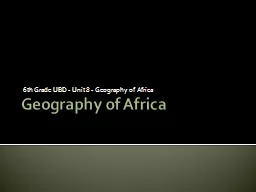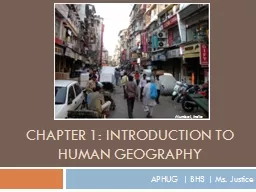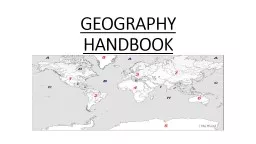PPT-Geography 2153 – Fall 2013
Author : olivia-moreira | Published Date : 2016-09-07
Environment Economy and Society Agroecosystems and Food Ch 6 Jamie Baxter 1082013 1015 Baxter Geog 2153 1 Outline Agroecosystems and Food Agriculture in Canada
Presentation Embed Code
Download Presentation
Download Presentation The PPT/PDF document "Geography 2153 – Fall 2013" is the property of its rightful owner. Permission is granted to download and print the materials on this website for personal, non-commercial use only, and to display it on your personal computer provided you do not modify the materials and that you retain all copyright notices contained in the materials. By downloading content from our website, you accept the terms of this agreement.
Geography 2153 – Fall 2013: Transcript
Download Rules Of Document
"Geography 2153 – Fall 2013"The content belongs to its owner. You may download and print it for personal use, without modification, and keep all copyright notices. By downloading, you agree to these terms.
Related Documents

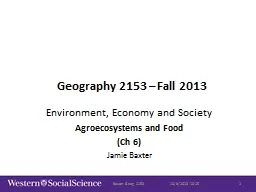
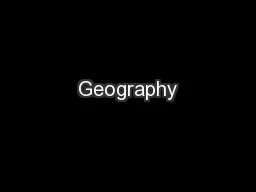

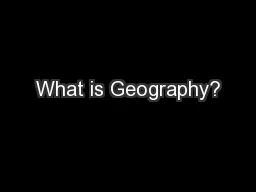

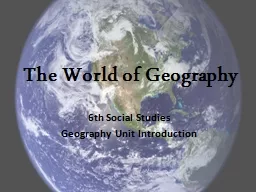
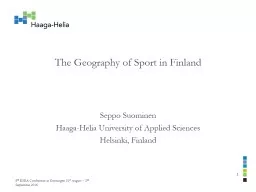
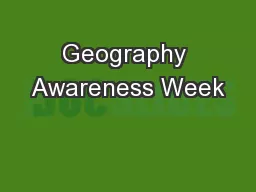
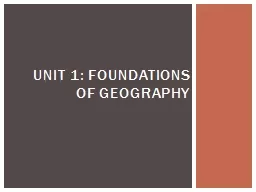
![Geography Coasts Coastal Erosion [Date]](https://thumbs.docslides.com/660288/geography-coasts-coastal-erosion-date.jpg)
